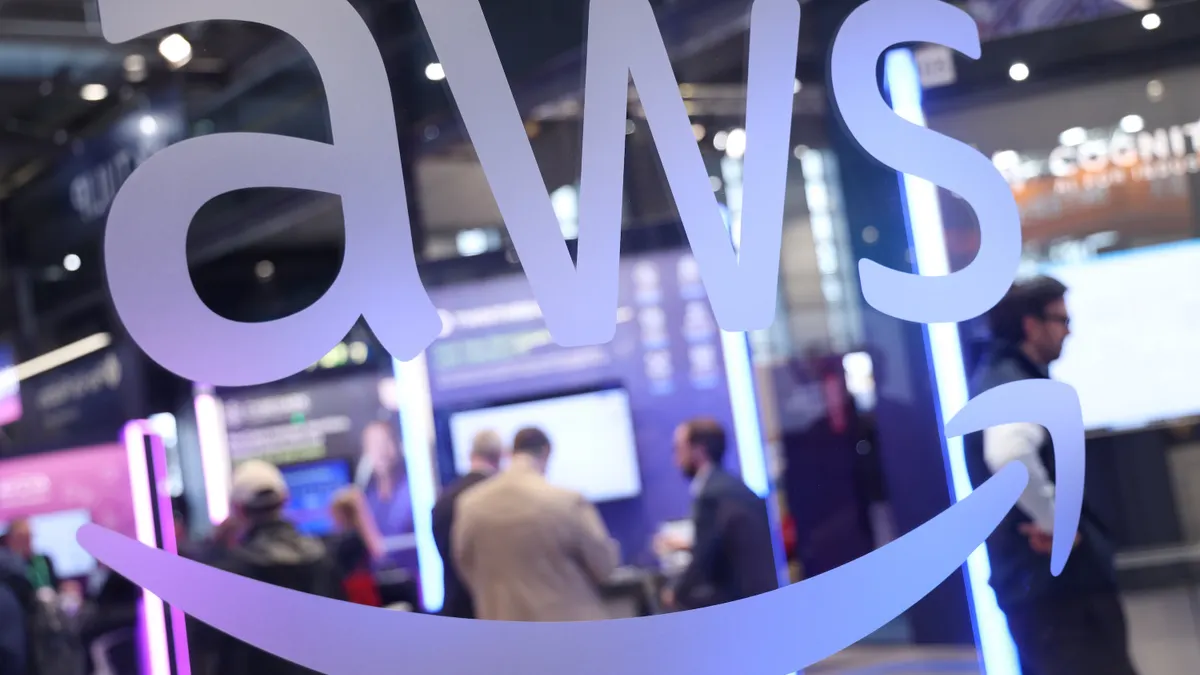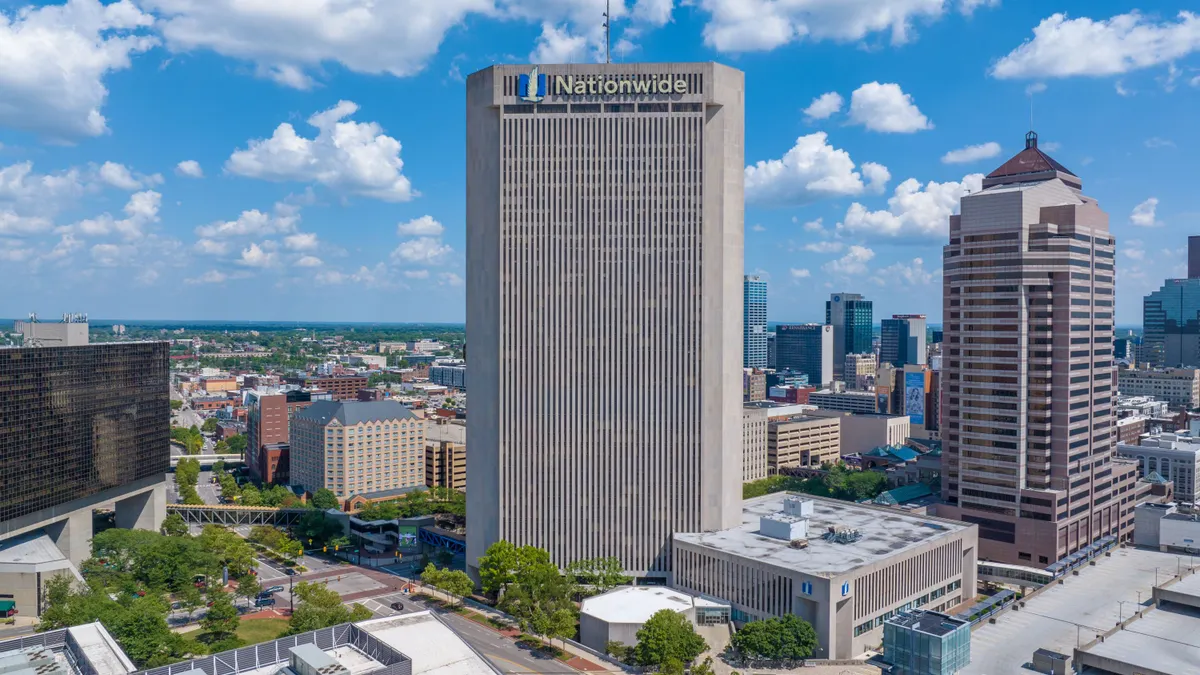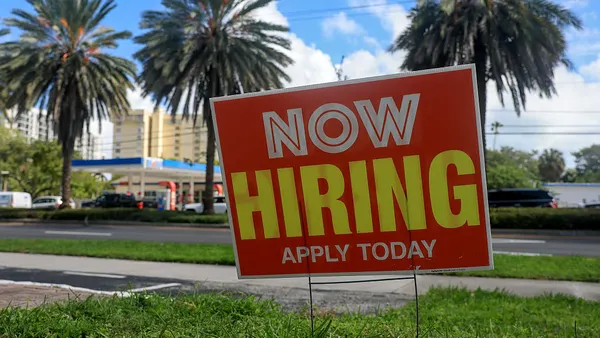Companies often search for the right leadership-ready-yet-technically-savvy successor to the CIO in the final months of an executive's tenure — despite the advantages of succession planning.
Organizations lean toward selecting outside candidates to fill CIO roles. Four in five organizations selected external CIOs in 2020, according to data from SIM. But tapping a successor internally can ensure preparation and built-in knowledge about business needs without the onboarding outside candidates require.
"Developing a culture of leadership and developing successors throughout the organization is really important," said Larry Bonfante, founder and CEO of executive coaching and consulting practice CIO Bench Coach. Without that, the organization can't fully be prepared for a leadership-level departure. CIOs and other tech leaders should start thinking about likely successors a year or two in advance.
When mentoring up-and-coming IT leaders, it falls on the current leadership to help them gain visibility within the organization and connect the successor with business stakeholders, according to Bonfante.
Bonfante recommends having the successor serve as the CIO's proxy in a board and business meetings leading up their tenure. It helps other stakeholders see the incoming technology executive in a leadership role.
"The CIOs who are really great leaders and care about their people and care about long-term success and sustainability ... take the time and effort to do this," Bonfante said.

Mentorship and succession planning eases the burden of transition on the company, while simultaneously investing in the future of IT leadership.
Lee W. Crump, the former CIO of consumer and commercial services company Rollins, retired in April 2020, after 12 years with the company and over 40 years in IT. Crump not only recommended his successor when he announced the decision to retire, but also spent most of his tenure preparing the next generation of IT leadership at the organization to set the company up for success.
CIO Dive asked Crump how he prepared successor Thomas Tesh, then VP of IT, to take on the CIO role and for retirement best practices that other CIOs should know.
(This interview has been lightly edited for length and clarity.)
CIO DIVE: How do you think having such a close relationship with your successor impacted succession planning and retirement?
LEE W. CRUMP: It made it phenomenally easier. If you can promote from within, the advantages are huge. No. 1, we knew each other. My tenure, the 12 years I was there, was considered a success and he was an integral part of that. So, it was much less traumatic for the company, in other words. When he took over as CIO, he did not feel a pressing need to build a reputation … to change a bunch of things.
A lot of times when new folks come in, they almost feel obligated that they have to change a bunch of things and make it "their shop." You will avoid that when you promote from within, and also because we knew each other so well and have worked together so long as a subordinate. I was very comfortable giving him advice and coaching and he was very comfortable coming to me for help and advice if he thought he needed it.
CIO DIVE: What did the transition process look like? Can you share some examples of processes or projects and how they were passed along?
CRUMP: I was grooming him so that I could retire. He was running all those projects anyway. My role was, I was a liaison. I reported to the vice chairman and CEO, and was a member of the executive steering committee. My role was communication and business relationships, and helping with the strategy, but he was already running close to the projects.
The only thing new he inherited was the major projects that [VP of IT and CISO] Kevin Morrison was running on the infrastructure and engineering side. But because of my management style having both of those guys in meetings with me all the time, Thomas was well aware of what was going on with those. Kevin was doing a great job, so it was just a matter of [him receiving] an additional direct report that he hadn't had before.
It was not a situation where I had six months and I had to all of a sudden start coaching him on a bunch of things. I've been doing that for the last ten years. I try to do that with everybody that works with me or for me. I've always been a big proponent of growing people as much as I could. ...
It starts the day you take a new job or you get a new promotion. As soon as you're in management, it really comes down to evaluating your people and growing them to the highest level that they can possibly grow. … Being a good manager means growing people that you may lose, but that's a good thing. If people know that you do that, you become the kind of manager that good people want to work for.
CIO DIVE: Were there any roadblocks in the transition or any issues that you ran into that other CIOs in your position might run into?
CRUMP: No, I can't think of any roadblocks. Certainly, there was a little bit of confusion once we made him the CIO, and I was still there for that six months of transition and overlap. There was a little bit of confusion as to who to go to, but we just agreed in advance that if somebody went around me on something I needed to be involved in, he would let me know and I did exactly the same.
CIO DIVE: You've been in retirement for a couple months now, were there any projects you had to leave behind in your successor's hands? And do you know how those are going?
CRUMP: Yes — and it's not because he needs me, it's more because I'm just curious and I want to touch base. ... I will periodically text or email him or call him … just to say "Hey, how are things going?" ...
I was providing oversight and reporting on the status, I was doing the weekly status reports, and all of the communication to the executive team and general mailings to the company but Thomas and Kevin were really running everything. I never made any secret of that. ...
Your job is to hire people who if you went away for a month, that nothing would happen, everything would be okay because you had a good team in place. I just went away for more than a month.
CIO DIVE: Any other standout moments from the transition or advice you have for other CIOs?
CRUMP: It's kind of hard to get around patting myself on the back but I think we did it the way it should be done, and I think that I would recommend it to everyone. It's a win for the CIO if you grow your team, so that you can promote from within. You will actually be more successful and last longer at that business.






















